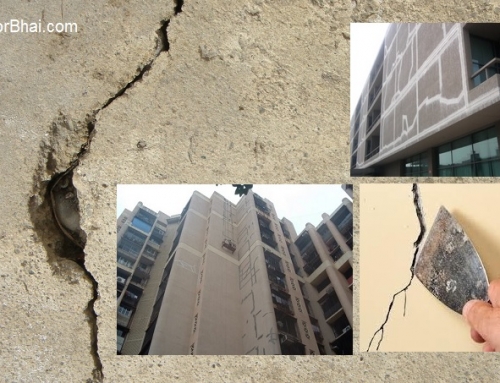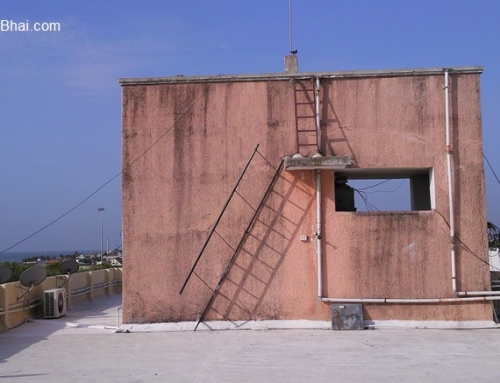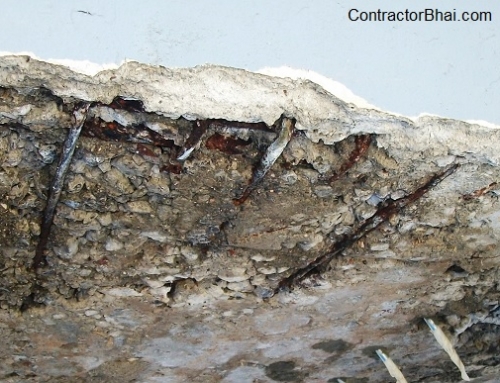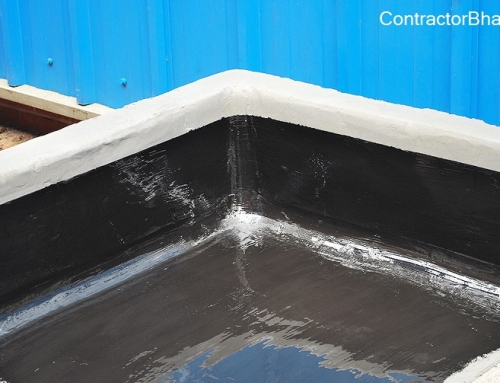The metal structure on which the entire building rests needs to undergo anti-corrosion treatment for durability and strength. The anti-corrosion treatment is done while the building is newly been made. There are different chemicals like zinc epoxy primer, polymer cement base material and others used for anti-corrosion treatment. These chemicals are usually polymer cement based material that are applied over the metal rods. Once the metal rods are treated with anti-corrosive chemicals, corrosion is next to impossible even on water contact. Anti-corrosion treatment is a lifelong treatment done to these metal rods. Once done there won’t be water leakage issue.
In case of no anti-corrosion treatment done to interior metal structure, it can still be protected against corrosion. This is done by treating the exposed or external rods with anti-corrosion treatment.
For anti-corrosion, firstly the metals rods or bars are treated with zinc based rust pacifier. the zinc present in chemical reacts with peroxide of metal to form zinc oxide that acts as coating. This is the basic step to anti-corrosion. In later step, a cement based polymer, which is a component material say A and B is applied. The components A and B of cement polymer are mixed together which is then painted over the zinc treated metal structure.
Guniting
Concrete is then applied to this treated metal structure. Concreting is usually done form below the structure and not from top of structure. For homes a regular masonry skilled person can take care of it but for highly affected area guniting needs to be done. this is called “Guniting” or short cutting. This is done with help of a machine called Gunit. The compressor in this machine helps apply concrete with force. This kind of treatment and application is mainly done for bridges, flyovers and high structures. In near future a similar treatment could also be carried out for residential and commercial buildings too. These structure will therefore be heavily treated.
Let’s say the entire slab thickness is around 3”. Guniting process involves a machine which forcefully applies on concrete with a compressor mechanism. Guniting usually done in heavy duty construction projects, In a very damaged slab just plaster is not going to work for e.g. your slab is 4 inch thick and 3 inch of concrete/rubble is come out you will need to take extra measure. in such cases guniting process might come into picture. compression will take place through pipes directly. Tunnels are made in similar fashion that undergoes similar treatment. But for tunnels the chemical is mixed with cement which acts as an adhesive helping cement set on concert layer in no time. Chimneys too are made in similar fashion i.e. Guniting or short cutting. It will done by machine there are step for it.
Anti-corrosion treatment is done by multiple layers i.e. if the concrete layer needs to be 100mm or 200mm. then multiple thin layers are created to finally form a 100mm concrete layer. Finishing to cement layer is the last step.






Our company name EnaFootwear p ltd
Had a fire on 17 may 23
We need to get repaired our 11000 sq/ft area
Waiting for the reply
Rohit Sharma
Enafootwear p ltd
Plot no 284 sector 17 Bahadurgarh haryana
Mobile no / Whatappp. 91981069348